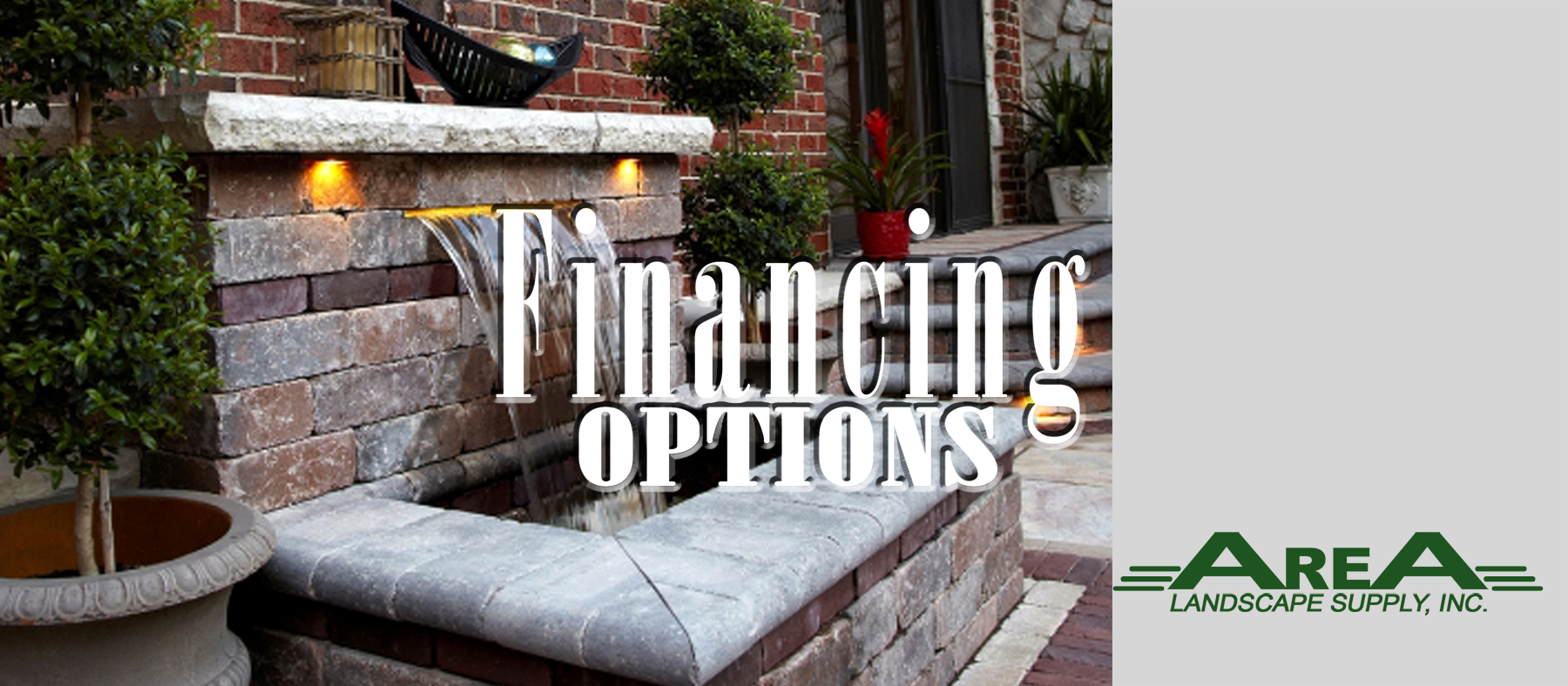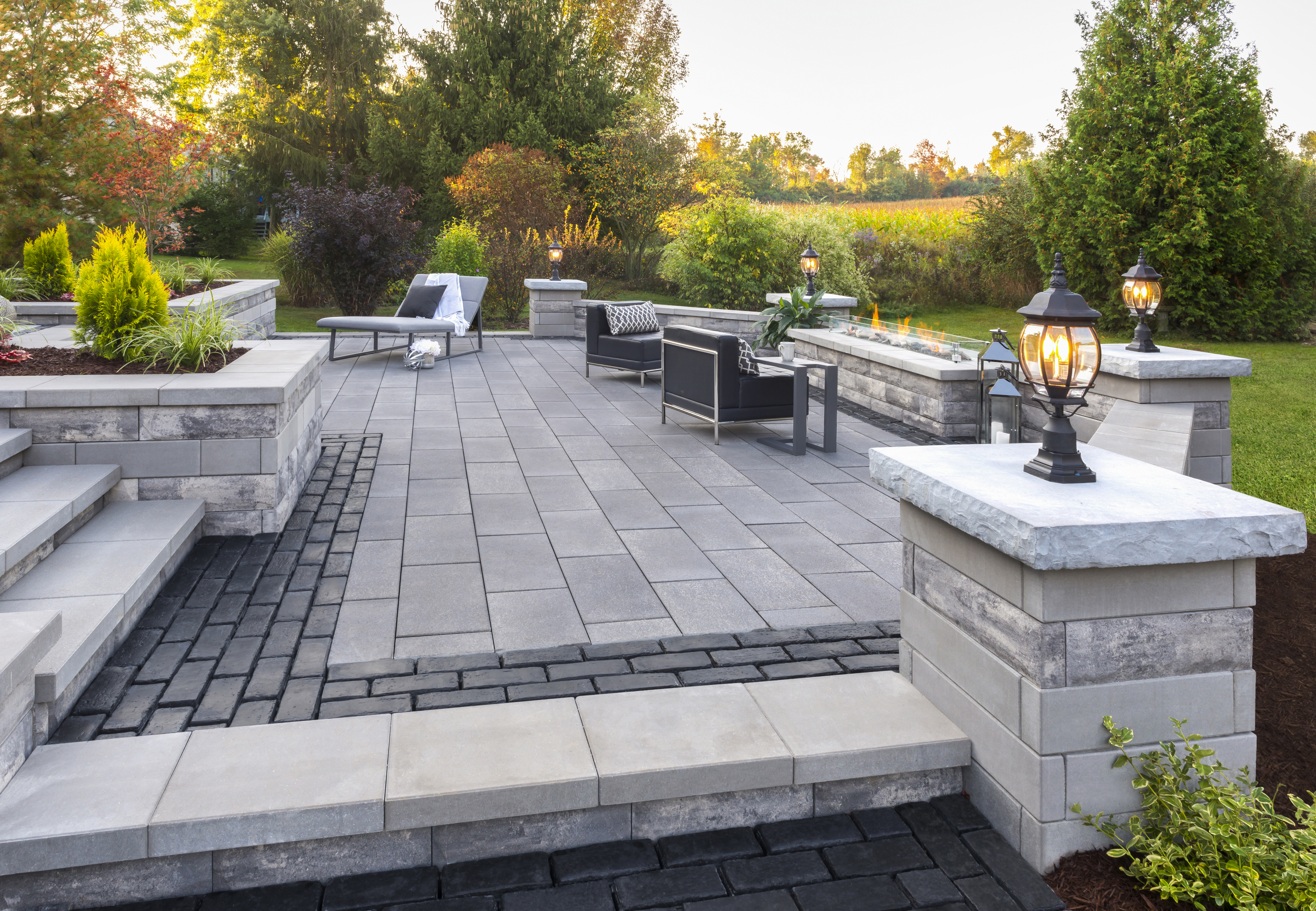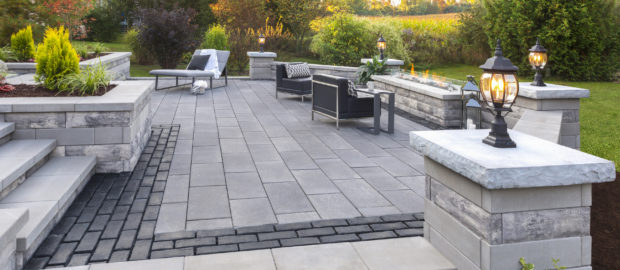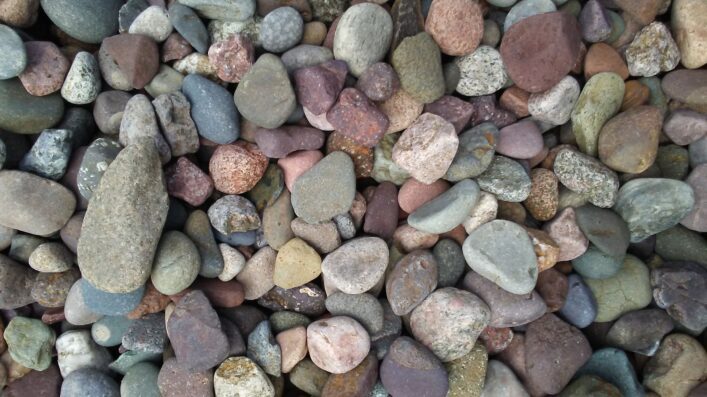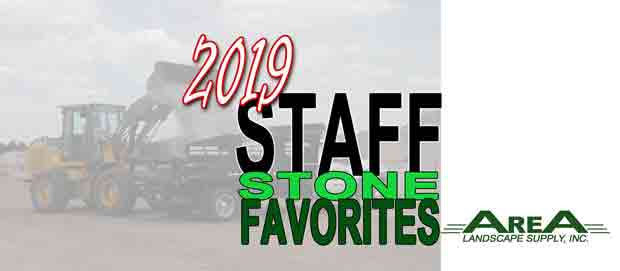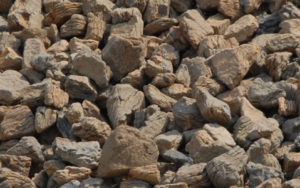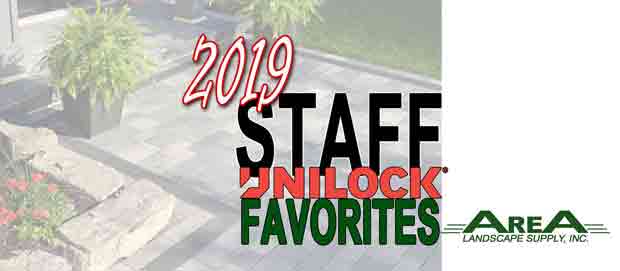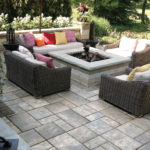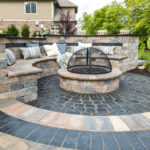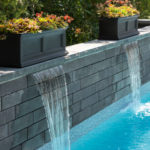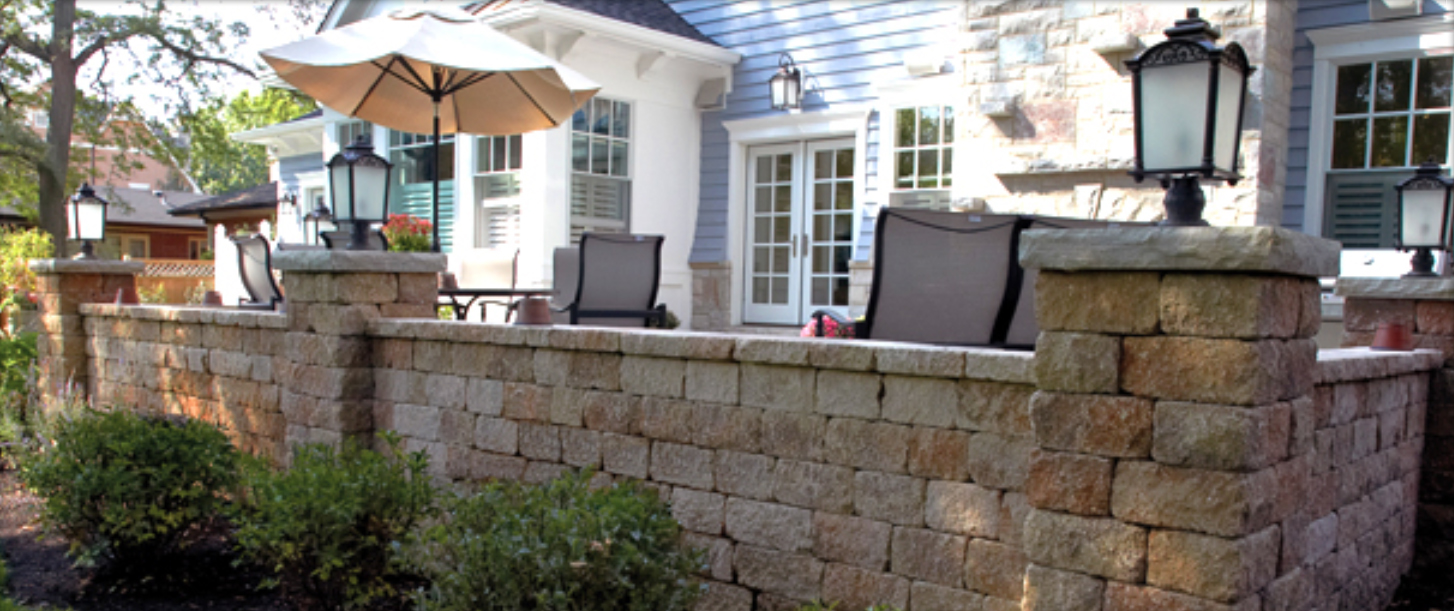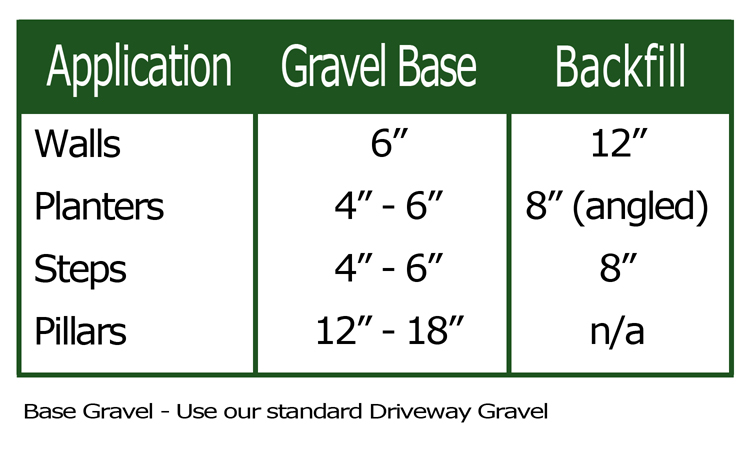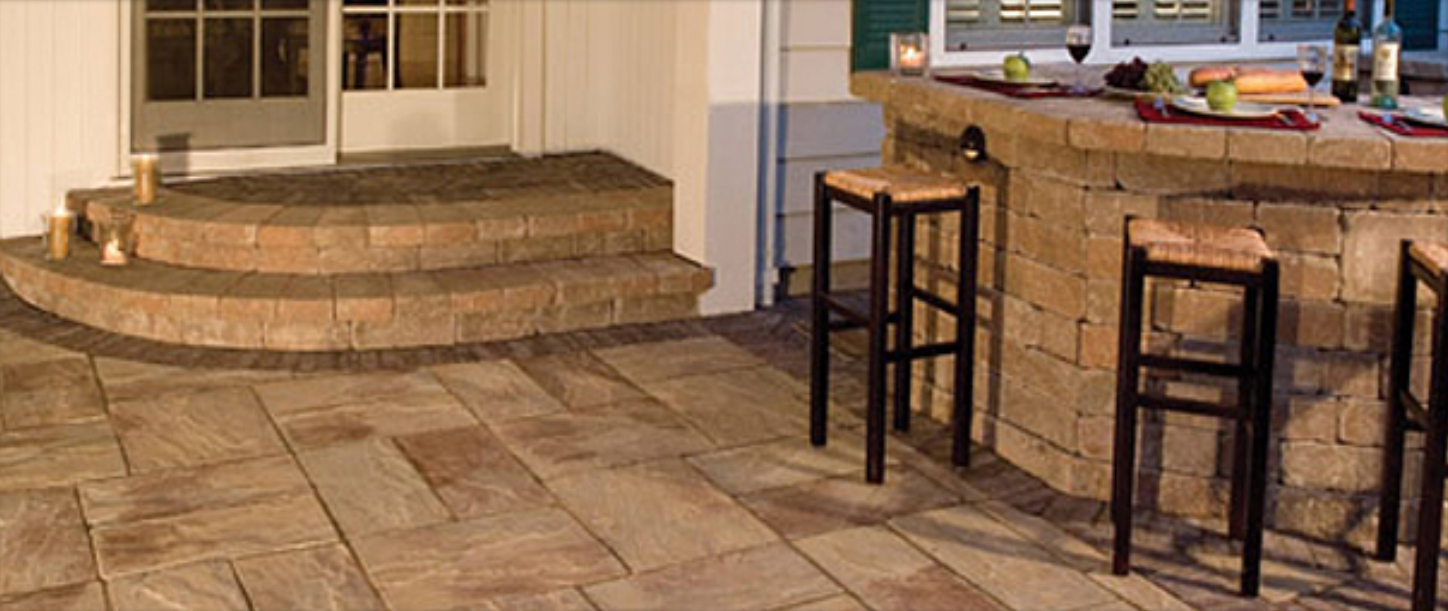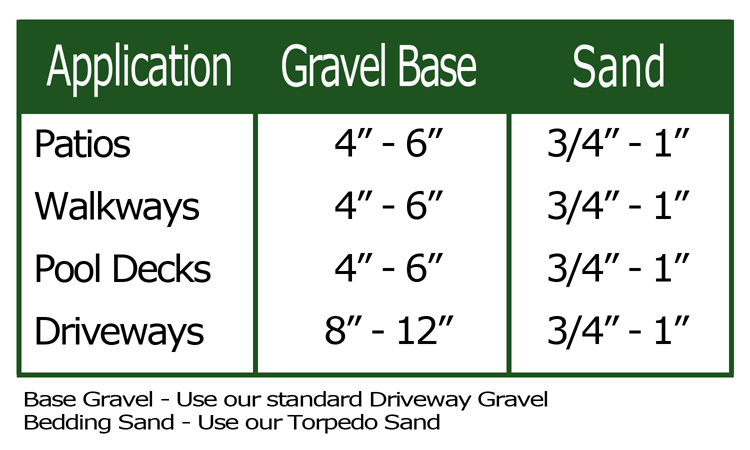
Top 10 Decorative Stones of 2019

Decorative Stone Choices of 2019
Here is our countdown of the most popular decorative stone choices of 2019!
Here at AreA Landscape Supply, we have a variety of over 20 different decorative stones. CLICK HERE to view our Decorative Stone selection. More can also be found HERE on our gravel web page. This top ten list can help narrow down your options for your landscaping project. And now, our countdown of our TOP 10 best-selling decorative stone choices of 2019! Happy “ROCK” -tober!
10.
Large Flint Stone
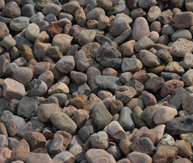
Large Flint Stone consists of deep, bold, saturated hues of rusty reds, burgundy, browns, medium and dark greys. The stones are mostly smooth with some irregular-shaped jagged pieces. This color-popping stone would be a great accent to a low-maintenance, predominantly green landscape.
9.
Decomposed Granite
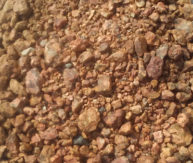
Decomposed Granite contains a wide range of stone sizes from about 1/8″ or 1/4″ on the smallest side to about maximum 1″ on the largest side. The stone shapes are mostly rough. Within this decorative stone, shades of mostly orange and brown are accented with some dark, almost black, stones as well.
8.
Slate Chips
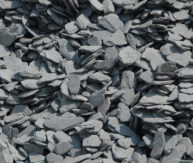
As the name eludes to, this stone has the appearance of a gray slate chips. The thin layered fragments of this stone could also be described as shale-like. The deep gray color glistens in the sunlight. The characteristics of this stone provide a strong contrast and a unique, but sophisticated, appearance.
7.
Pea Gravel
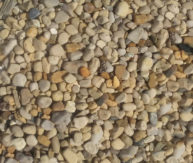
Considering all of the AreA Landscape Supply decorative stones, Pea Gravel is very small in comparison. From 3/8″ to 1/4″ in size and very smooth and rounded edges, Pea Gravel is great for gardens, playgrounds, paths, water features, drainage, etc. The color range includes white, cream, tan, caramel, light & medium grey.
6.
Small River Rock

Small River Rock follows the same characteristics as Large River Rock(see # 1). The size is the only difference, at about 3/4″ in diameter. The smooth texture and variety of colors carry through both sizes: dark granite-greys, pale beachy whites, golds, taupes, and even salmon-like pinks.
5.
Large Bark Nuggets
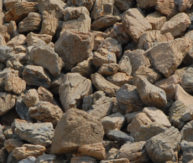
Large Bark Nuggets have the look of weathered wood chips and coloring that is mostly brown tones with some grays. The stones are fairly lightweight and generally about the size of a golf ball, however, dime-sized pieces are a common occurrence. This stone is similar to Autumn Smoke (see below).
4.
Autumn Smoke
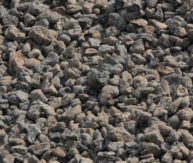
Autumn Smoke is darker than Large Bark Nuggets, consisting mostly of charcoal grays with some brown tones. The texture is porous and lightweight. Neutral house color schemes could benefit from the deep neutral tones found within Autumn Smoke.
3.
Meramec
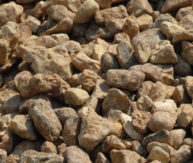
Meramec is a stone family that comes in a medium and a large size, large being the most popular at just bigger than a golf ball. The colors are bold shades of gold, caramel and tan. These stones have a textured surface and inconsistent shape which leads to a more rustic landscape.
2.
American Heritage
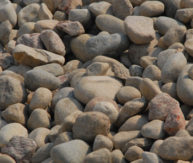
A mixture of bold and pale colors that include creamy white stones, beige stones, gray granite & pink granite. The surfaces of the stones are mostly smooth, with some tumbled stones as well. The size of American Heritage can roughly be compared to the size of an egg.
1.
Large River Rock

Large River Rock is about 1-1/2″ in diameter and generally smooth in texture. There is a wide variety of colors found within the mix. You will find dark granite-greys, pale beachy whites, golds, taupes, and even salmon-like pinks. This type of rock is the style used to skip rocks across water, but it doubles as a great landscaping accent

